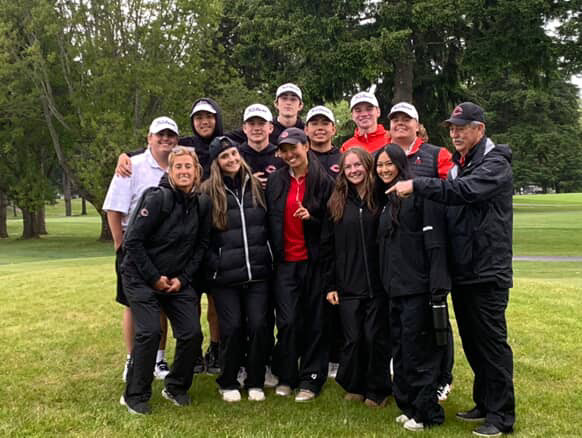Thanksgiving has been around since the beginning of mankind. People with the ability to look within their lives understand that they have very much to be thankful for such as family, shelter, food and health. These things people can hopefully be thankful for all year round, not just on one given day. Life is precious, though, “In every life, a little rain must fall,” but life itself is what should be cherished and given thanks for.

Thanks is a limitless act that can be displayed at any time, however, in 1621, the Pilgrims pioneered the celebration of thanks after the first harvest in the New World. America has not been the only country to celebrate the giving of thanks as one may assume, in fact, many cultures across the globe celebrate a Thanksgiving.
Americans imagine their Thanksgiving with a turkey, ham, potatoes, stuffing and family gathered around a table. The American “Thanksgiving” is a way to express their gratitude for life and others.
There is a variety of traditions other countries celebrate as well.
In Canada, Thanksgiving is very similar to the American version. Canadians celebrate on the second Monday of October, where, in 1778, a British explorer, Arthur Frobisher organized a meal for his crew after making it to the shores of Canada. The significance behind the Canadian Thanksgiving are similar to that of America, celebrating the ideals of thankfulness and gratitude.
In India, there are a number of harvest-related festivals in numerous regions celebrating different ways of thanks. And in other Asian countries, like China, Malaysia, and Korea, a celebration of thanksgiving takes place in festivals of their own. In each festival, people celebrate the blessing of life, health, and prosperity. America, Canada, and these Asian countries all have a similar underlying theme: thanks.


































